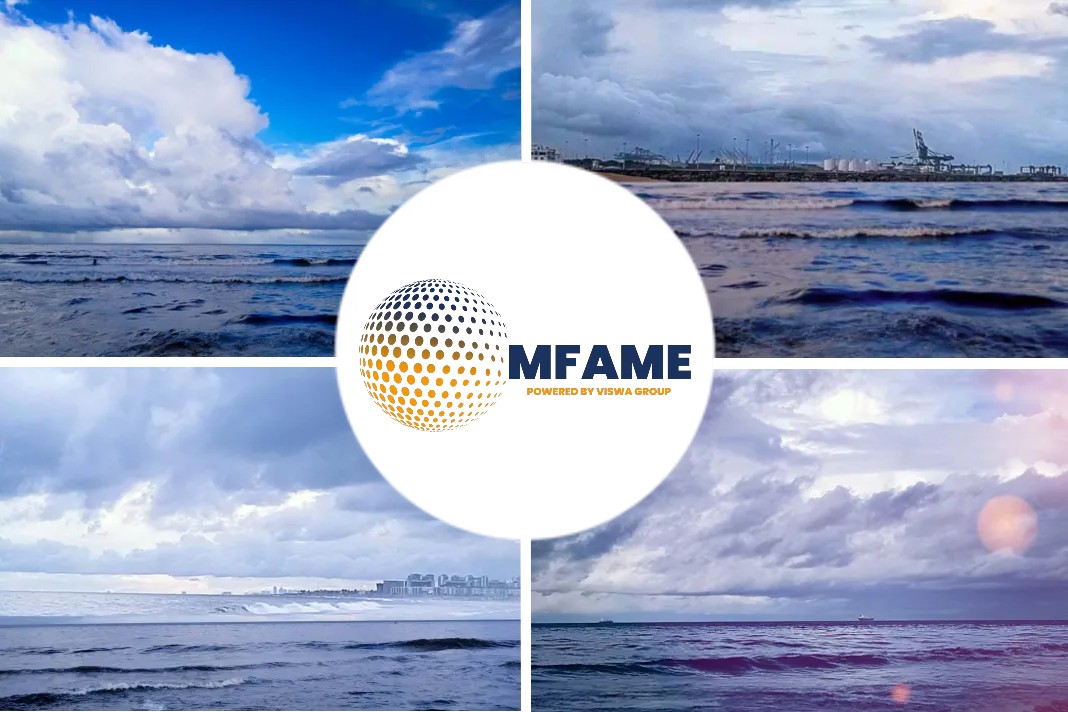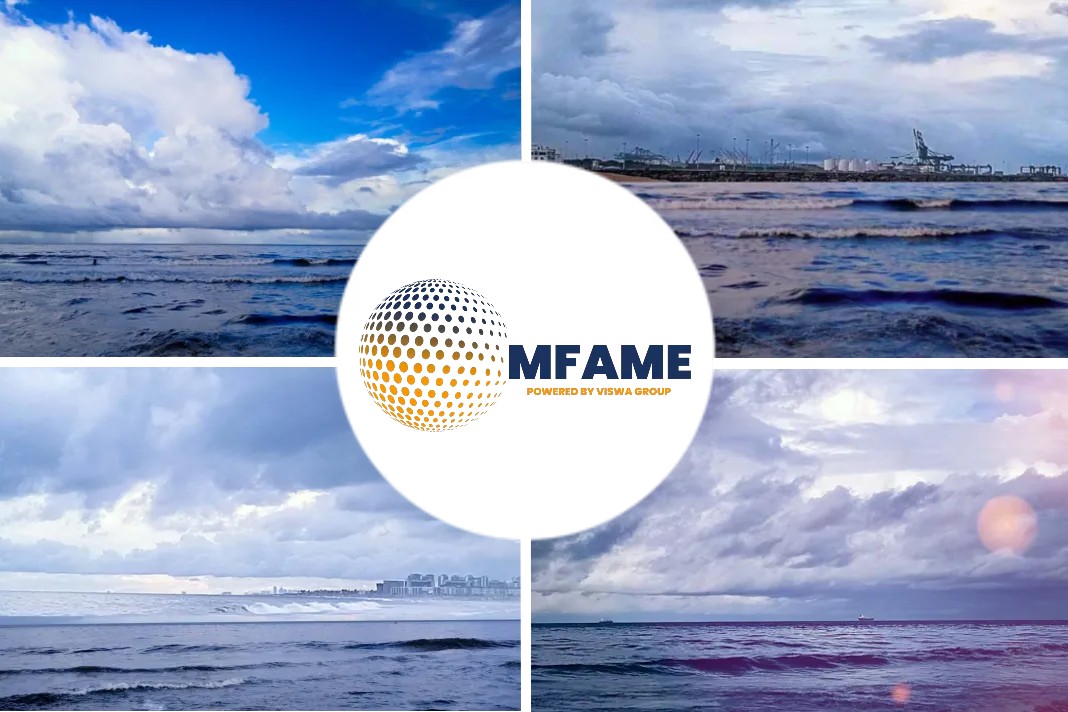 According to a Platts report, the Capesize market looks to be weak again in Q2 as the Vale dam accident and repairs at key ports cut demand for the vessels that typically carry iron ore and coal, according to dry bulk market participants.
According to a Platts report, the Capesize market looks to be weak again in Q2 as the Vale dam accident and repairs at key ports cut demand for the vessels that typically carry iron ore and coal, according to dry bulk market participants.
The Present Market Scenario
Freight levels slumped in Q1 after Vale’s Brumadinho mining dam rupture in January, which led to mine closures. Tropical storm Veronica in the Pacific Ocean also damaged some ports in Australia, leading to less demand for Capesize vessels.
“It is unreasonable to expect any large recovery if the market is solely supported by Australian cargoes,” a ship-operating source said.
According to Platts time charter equivalent, or TCE, assessments, the key Port Hedland, Western Australia, to Qingdao, China, Capesize route for Q1 averaged $5,519.26/day, down 52.07% from the year-earlier average of $10,765.81/day. The Tubarao-to-Qingdao route averaged at $7,848.74/day, down 37.69% from Q1 2018’s average of $12,597.61/day.
Typically, demand for shipment of raw materials is slow in the first quarter, leading to a weak dry bulk freight market. The dam accident and weather damage added to the seasonal weakness.
Incidents Reducing Capesize Vessel Demand
- Taking into consideration the various announcements made by Vale, and assuming all of the affected remained closed or suspended until the end of 2019, the Brazilian miner’s net loss in iron ore production would be about 73 million mt.
- If Vale’s iron ore exports are shipped on Capesize and bigger Valemax vessels at a 70:30 ratio, this would mean approximately 280 Capesize voyages would evaporate.
- Brazil exports about 60% of its iron ore to China.
- Given this and a voyage duration of about 80 days, utilization of Capesize vessels would drop by 13,440 days.
- In the Pacific region, tropical cyclone Veronica last month caused both Port Dampier and Port Hedland to shut down for 132 hours and 92.5 hours, respectively, according to the Pilbara Ports Authority, which manages Western Australia’s two largest iron ore export ports.
Vale’s Outlook and Priority Now
“Resuming production isn’t the company’s priority – the priority is the safety of its operations, of people and of communities,” Vale’s chief financial officer Luciano Siani Pires said in a recent conference call.
Mining major Rio Tinto has announced some damages at its Cape Lambert A port facility in Western Australia in the aftermath of the cyclone. This along with a fire incident at Cape Lambert reported early January will result in a production loss of about 14 million mt of iron ore in 2019, the company said.
The Port Hedland-to-Qingdao route recorded its lowest TCE rate fell in Q1 to as low as $192/day on March 7 and the Tubarao-to-Qingdao route touched $1,966/day on March 12. Both were the lowest levels since February 2017, according to Platts data.
Capesize Supply
On the supply side of Capesizes, 13 ships were scrapped in Q1, already almost as much as all of last year, when 16 vessels were scrapped. Some market participants don’t see the trend continuing this year since many Capesize vessels are relatively new.
Given the age cap of 15-18 years that iron ore mining majors use on chartering these vessels, only 20-30 Capesize vessels are viable scrapping candidates, unless owners and operators decide to scrap Capesize vessels below 20 years of age, which would increase the count of viable demolition candidates to 60-75 vessels.
Supramax, Handysize Demand Sluggish
Time charter rates for Supramax and Handysize vessels opening in the Asia Pacific during Q2 could average well below the levels that were seen a year earlier, according to market sources.
- Supramax rates on the key South Kalimantan to Paradip route for 2019 Q1 averaged $8,811/day, down from $10,903/day a year earlier, according to Platts data.
- “The market overall is looking very sluggish and there is not much [demand] to push the shipping market,” a ship-operating source said.
- The market’s mood has dampened given the amount of uncertainty since the start of this year, which is unlike last year when rates were maintaining healthy levels, a second ship-operating source said.
- The demand for thermal coal cargoes out of Indonesia to regional destinations such as India and China is expected to remain fairly limited on the back of sufficient stockpiles at both the plants and ports.
- Minor bulk commodities within the region like nickel ore, bauxite and clinker, too, are expected to remain sporadic, according to market watchers.
- “The outlook for demand out of Australia still looks uncertain,” a third ship-operating source said.
- “The pace of activity is a lot slower than how the market was this time last year. A lot would depend on how the wheat crop harvest comes in,” the source added, noting that the poor harvest hurt Handysizes last year.
- In the Indian Ocean region, the demand for Supramax vessels from limestone cargoes has remained fairly limited as charterers have switched to using more Panamaxes on this trade.
- Although the east coast South American grain demand has been exceptionally good during Q1 and is likely to continue during Q2, too, this is not sufficient enough to pull the rates higher in the Indian Ocean, a Singapore-based ship-operating source said.
Panamax Rates Hurt
The lack of clarity on progress being made in the trade discussions between China and the US is expected to keep sentiment on the Panamaxes tempered over Q2, are at least until talks conclude, many market sources said.
- Panamax rates on the South Kalimantan to Paradip route averaged $7,547/day in 2019 Q1, down from $11,445/day in the same period in 2018.
- Weakness in the Capesize market should also keep Panamax freight rates from rebounding, the source said.
- Charterers have tried to combine Panamax parcels with Capesizes on major coal routes, which has further strained the demand for Panamaxes within the Asia Pacific.
- Also, the expected drop in seaborne coal movement within the Asia Pacific region partly because of import caps imposed by China is not helping the market either.
- While east coast South America grain supply is strong, the lack of demand for ships hired out of the Far East to do trips out of the west coast of North America or the US Gulf is hurting the Panamax segment.
- The drop in canola cargoes from Canada to China is expected to further quieten activity in the Far East
Did you subscribe to our daily newsletter?
It’s Free! Click here to Subscribe!
Source: Platts




















